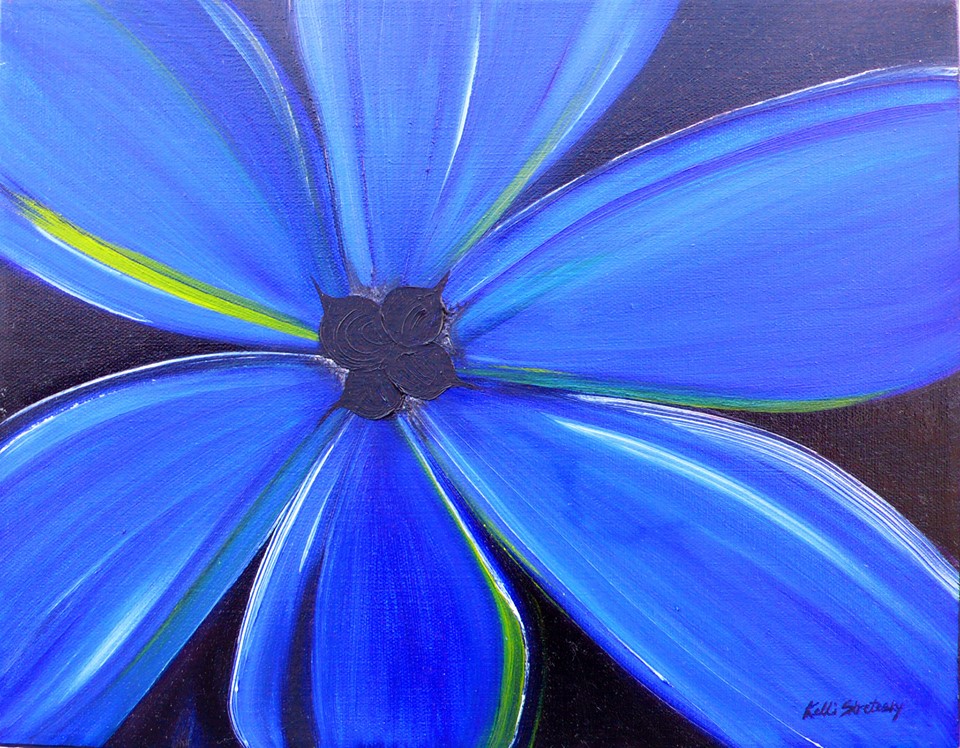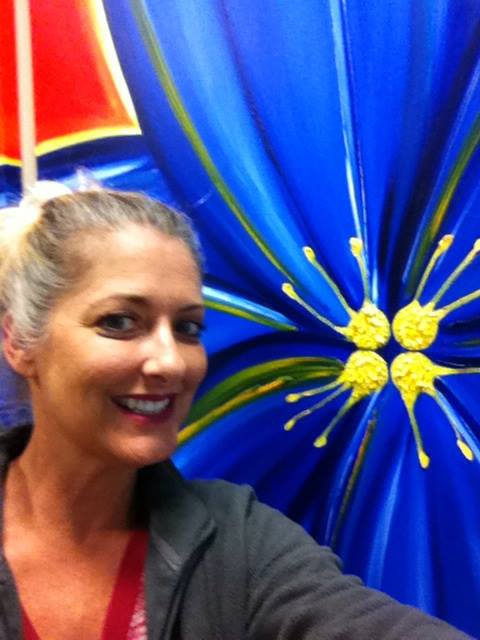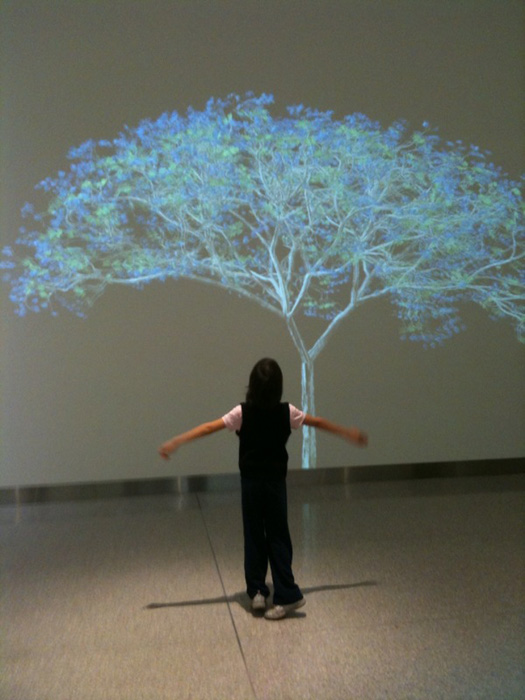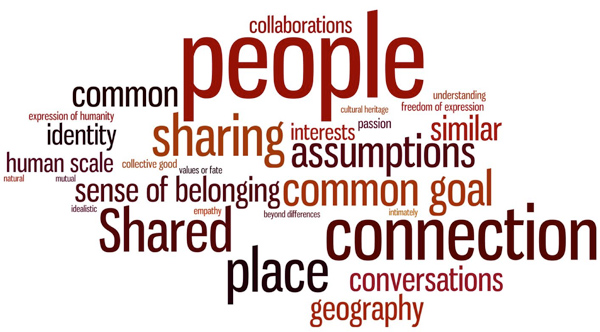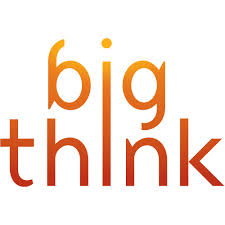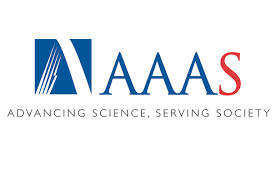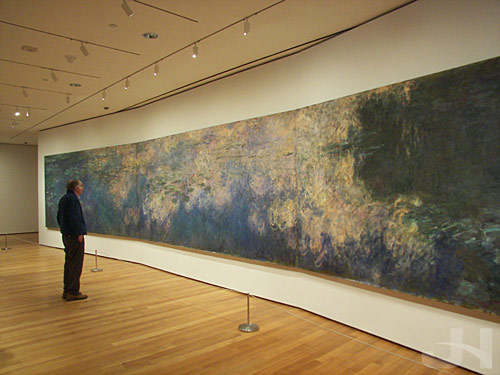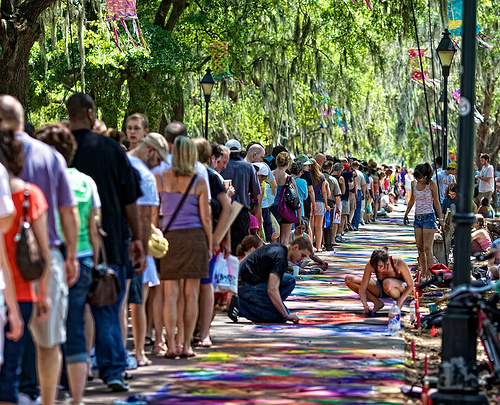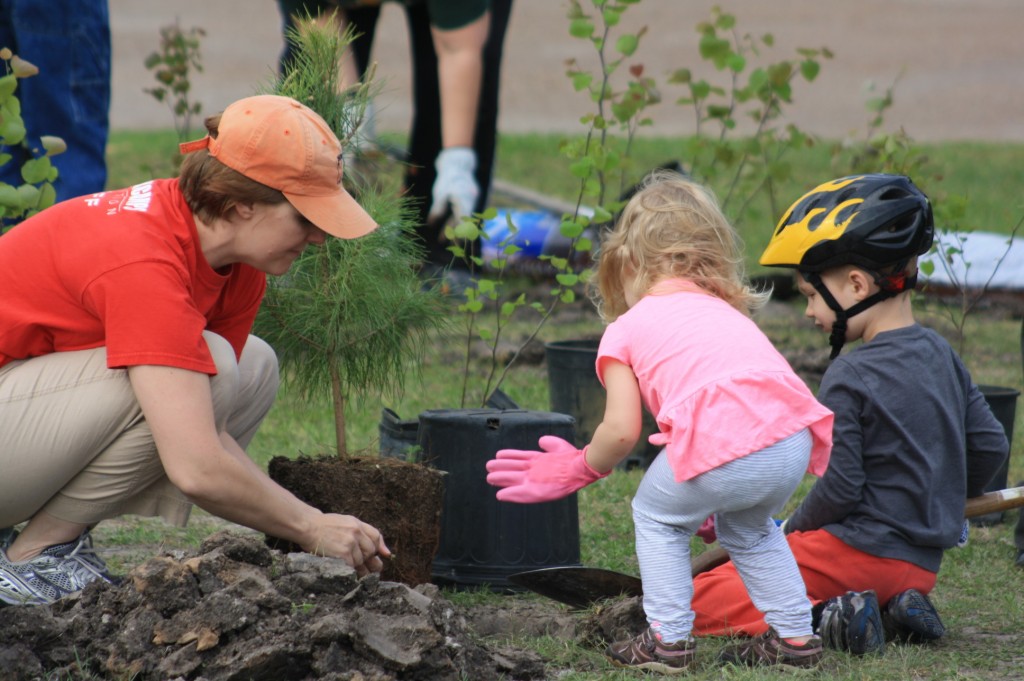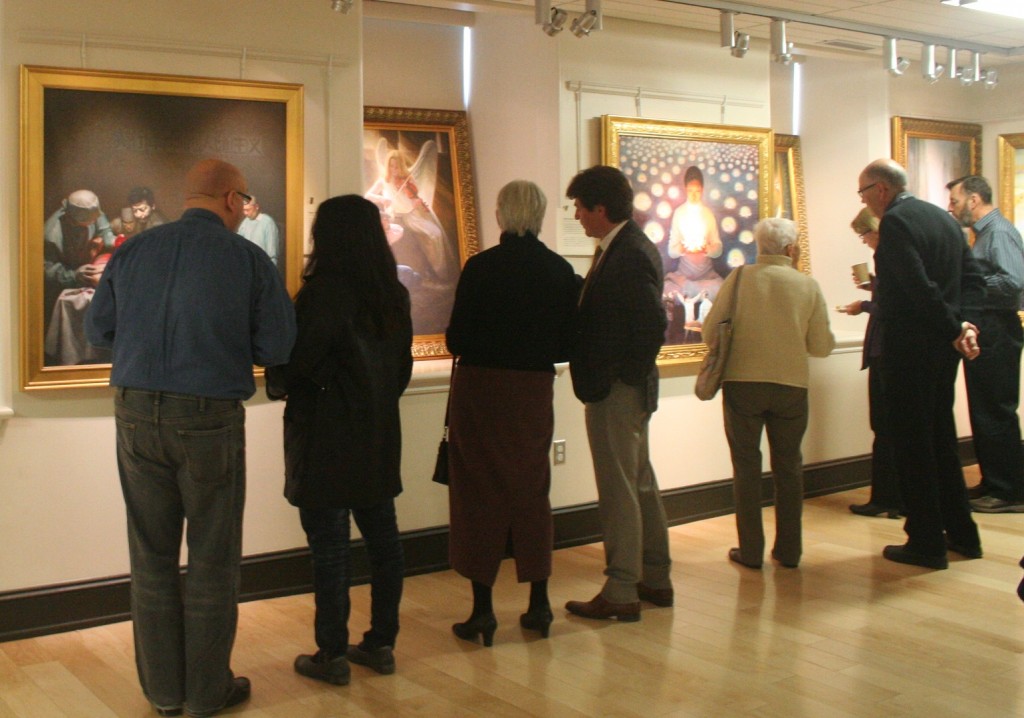
“Embodied cognition is “the sense of drawing you in and making you really feel the quality of the paintings,” Tyler explained. For example, viewers appreciate Botticelli’s painting “The Birth of Venus” because it makes them feel as though they are floating in with Venus on the seashell. Similarly, viewers can feel the flinging of the paint on the canvas when appreciating a drip painting by Jackson Pollock.”



